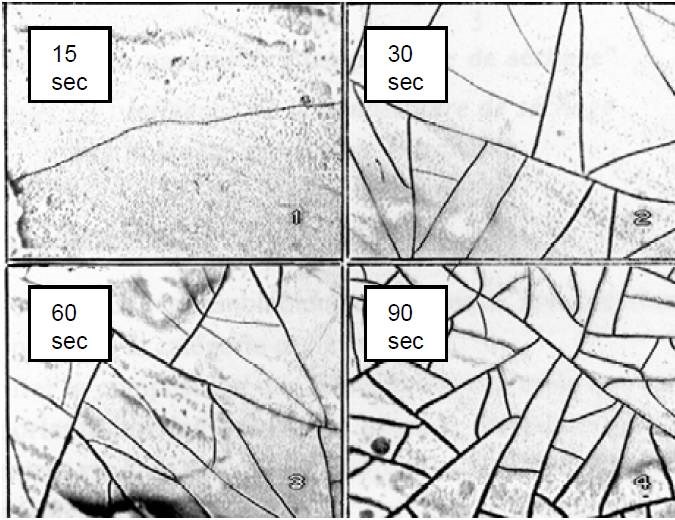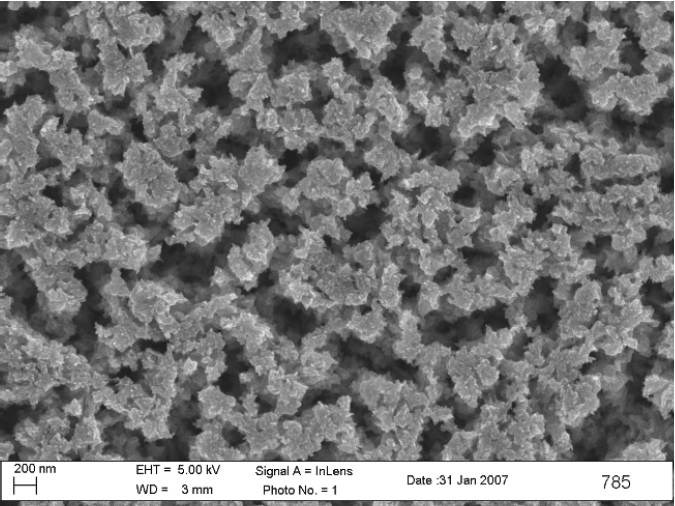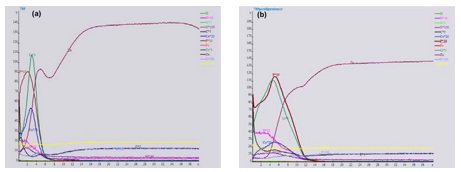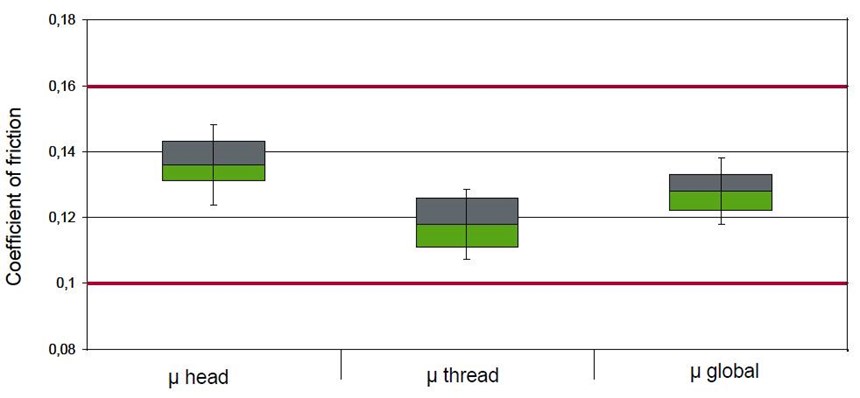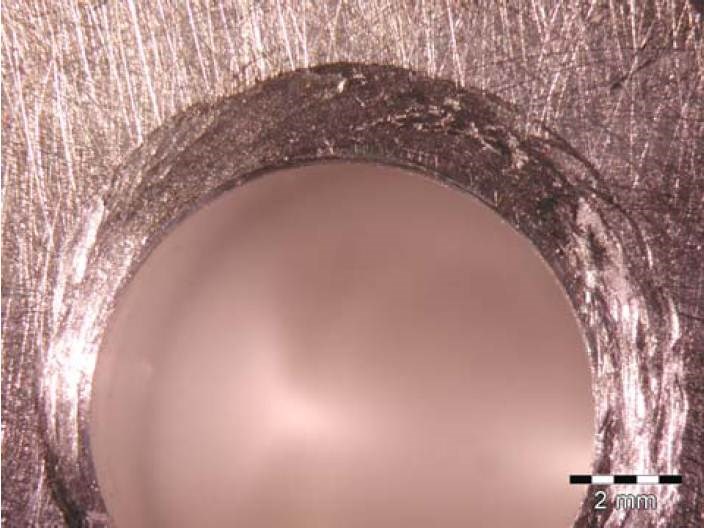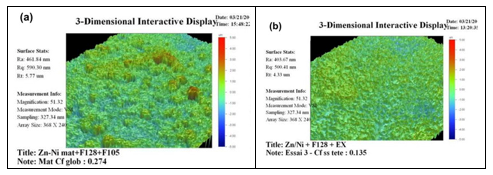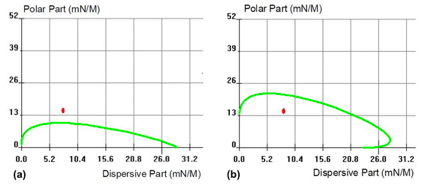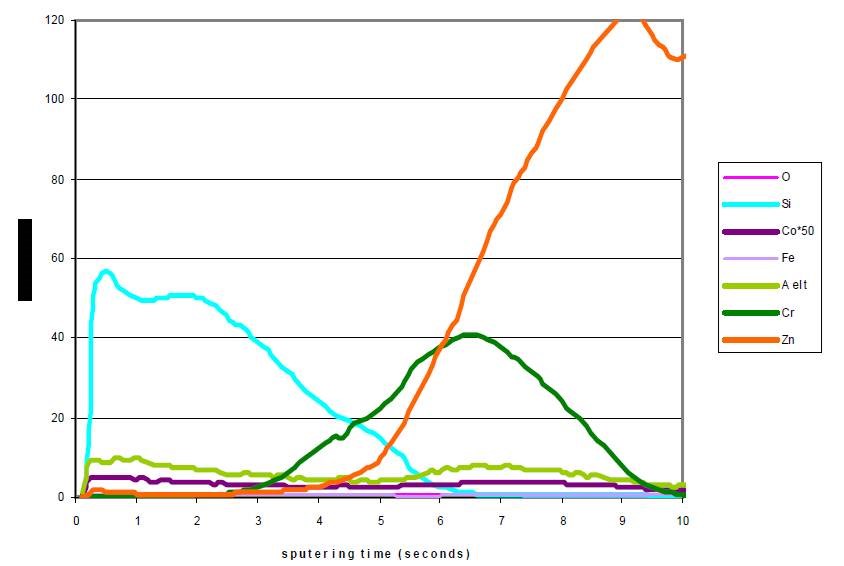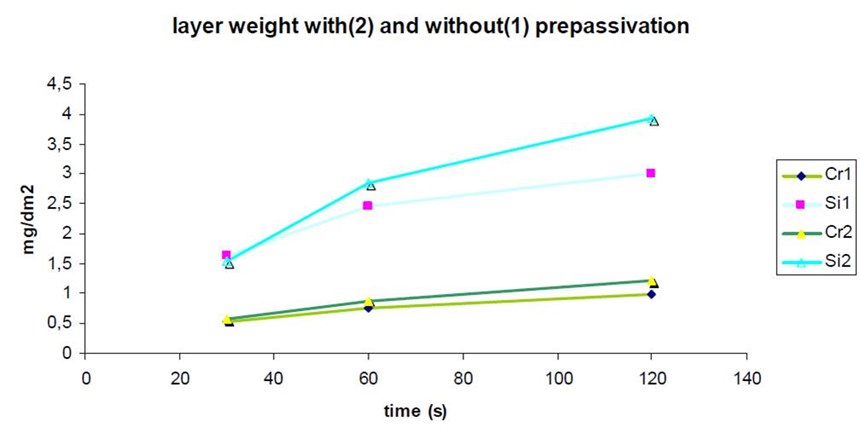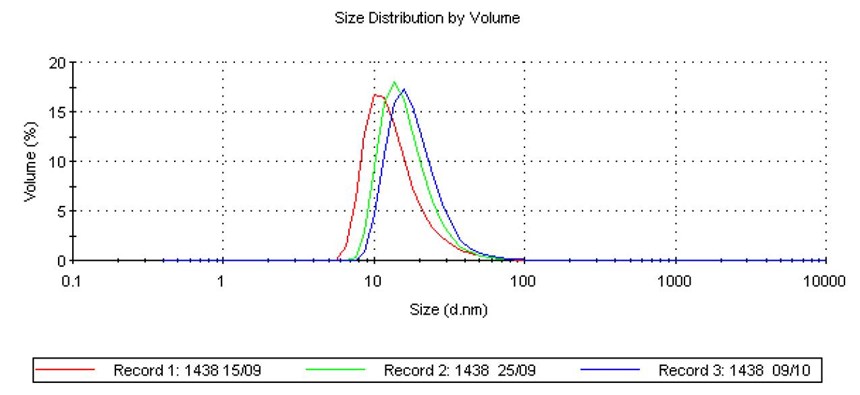Cr(III) Conversion Layers on Zinc and Zinc Alloys: Evolution and Perspectives
Trivalent chromium conversion layers have successfully replaced hexavalent conversion chromium on zinc and zinc alloys for many applications, especially in the automotive industry since the entry in force of the ELV directive.
- By altering the metallic structure of zinc/nickel by decreasing nodule formation, as shown in Fig. 8.
- By providing a passivate layer capable of retaining the lubricant.
- By acting on the top coat recipe as well. The hydrophobic lubricant must be better linked with the passivate layer and the surface energy of the passivate must be compatible with the top coat.
Related Content
Understanding and Managing White Spots on Anodized Aluminum
Having trouble with spotting defects when anodizing? Taj Patel of Techevon LLC offers a helpful overview of the various causes of white spots and potential solutions.
Read MoreCalifornia Public Hearing to Decide Fate of Hex Chrome Plating and Anodizing
Metal Finishing Association of California urges all members of the metal finishing community to submit comments prior to the hearing.
Read MoreNADCAP Shop Digitizes to Eliminate Paper Trail
Customizable ERP software has transformed a 27-year-old manual metal finishing job shop into a state-of-the-art paperless company with full digital traceability in about 10 months.
Read MoreRead Next
A ‘Clean’ Agenda Offers Unique Presentations in Chicago
The 2024 Parts Cleaning Conference, co-located with the International Manufacturing Technology Show, includes presentations by several speakers who are new to the conference and topics that have not been covered in past editions of this event.
Read MoreDelivering Increased Benefits to Greenhouse Films
Baystar's Borstar technology is helping customers deliver better, more reliable production methods to greenhouse agriculture.
Read MoreMasking Solutions for Medical Applications
According to Custom Fabricating and Supplies, a cleanroom is ideal for converting, die cutting, laminating, slitting, packaging and assembly of medical-grade products.
Read More

